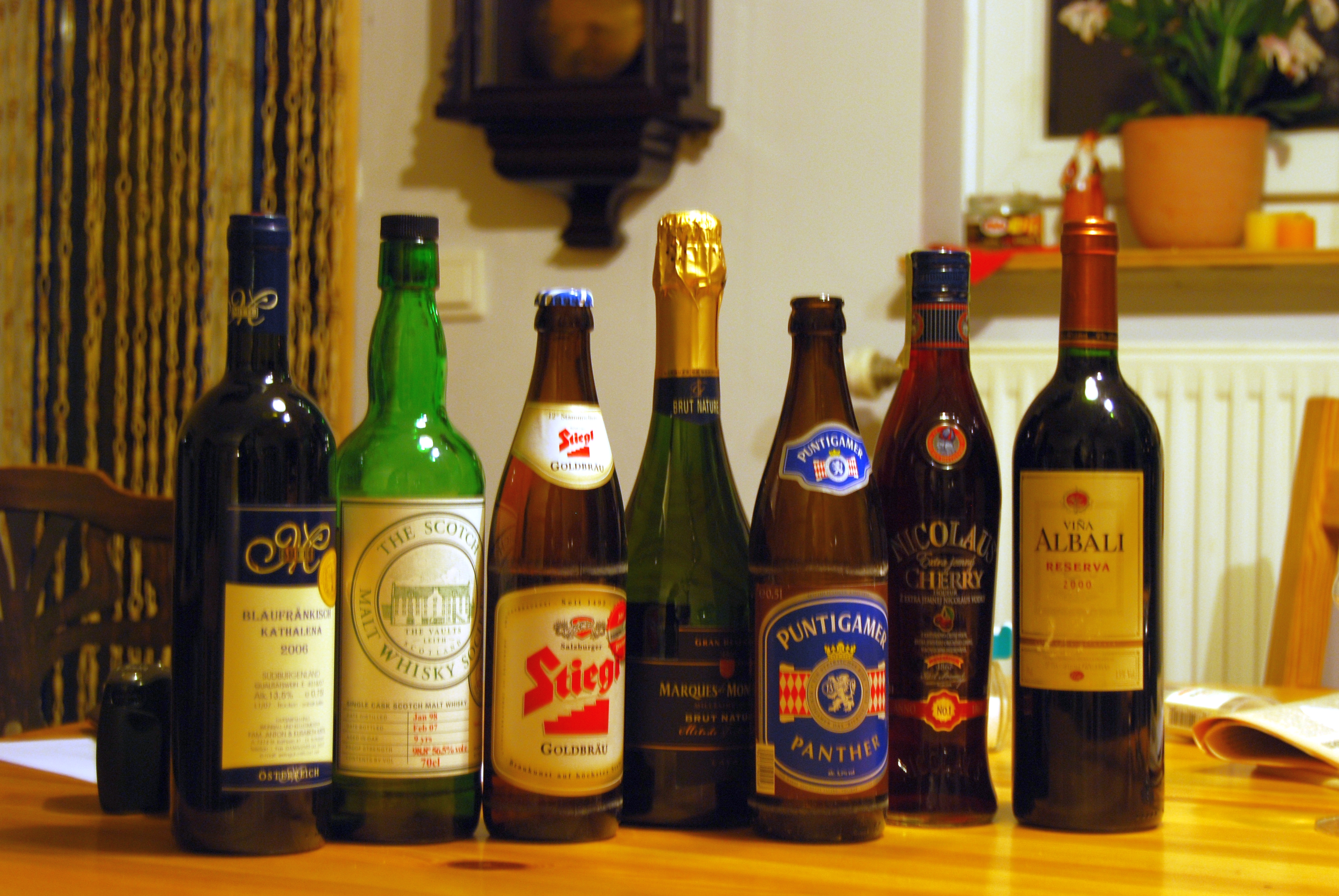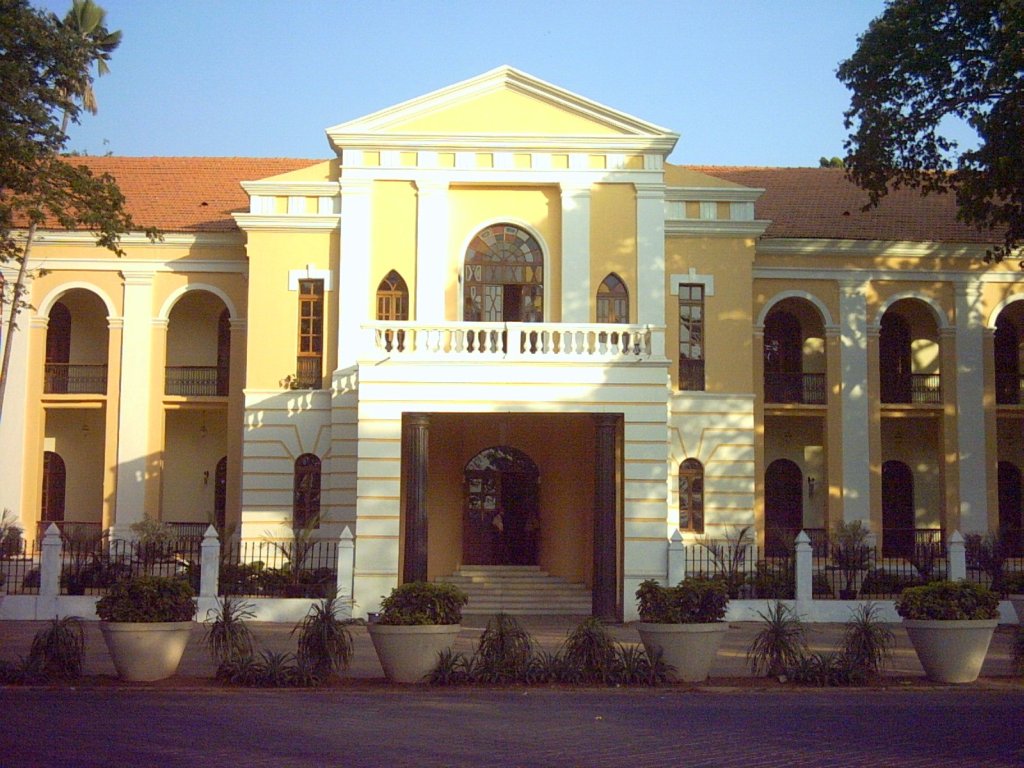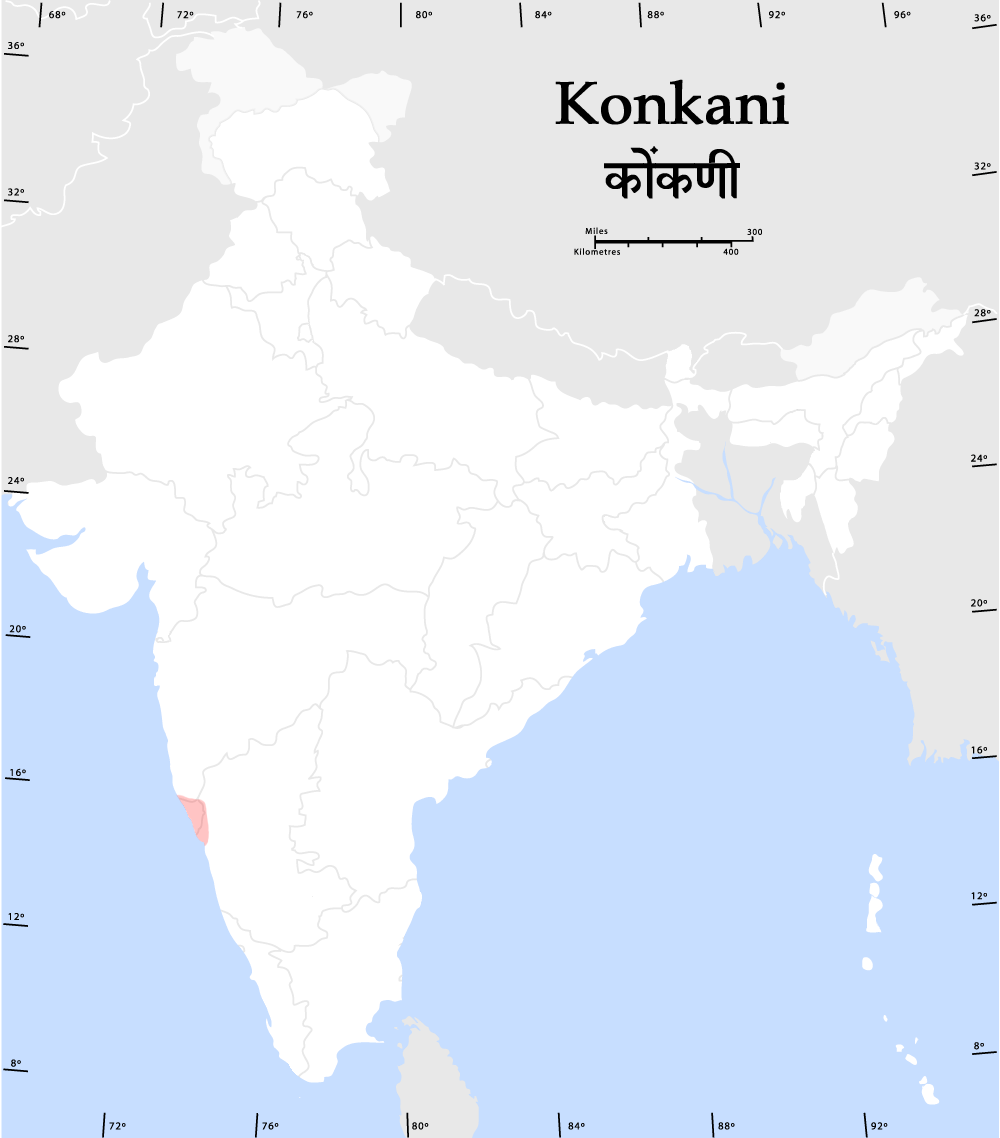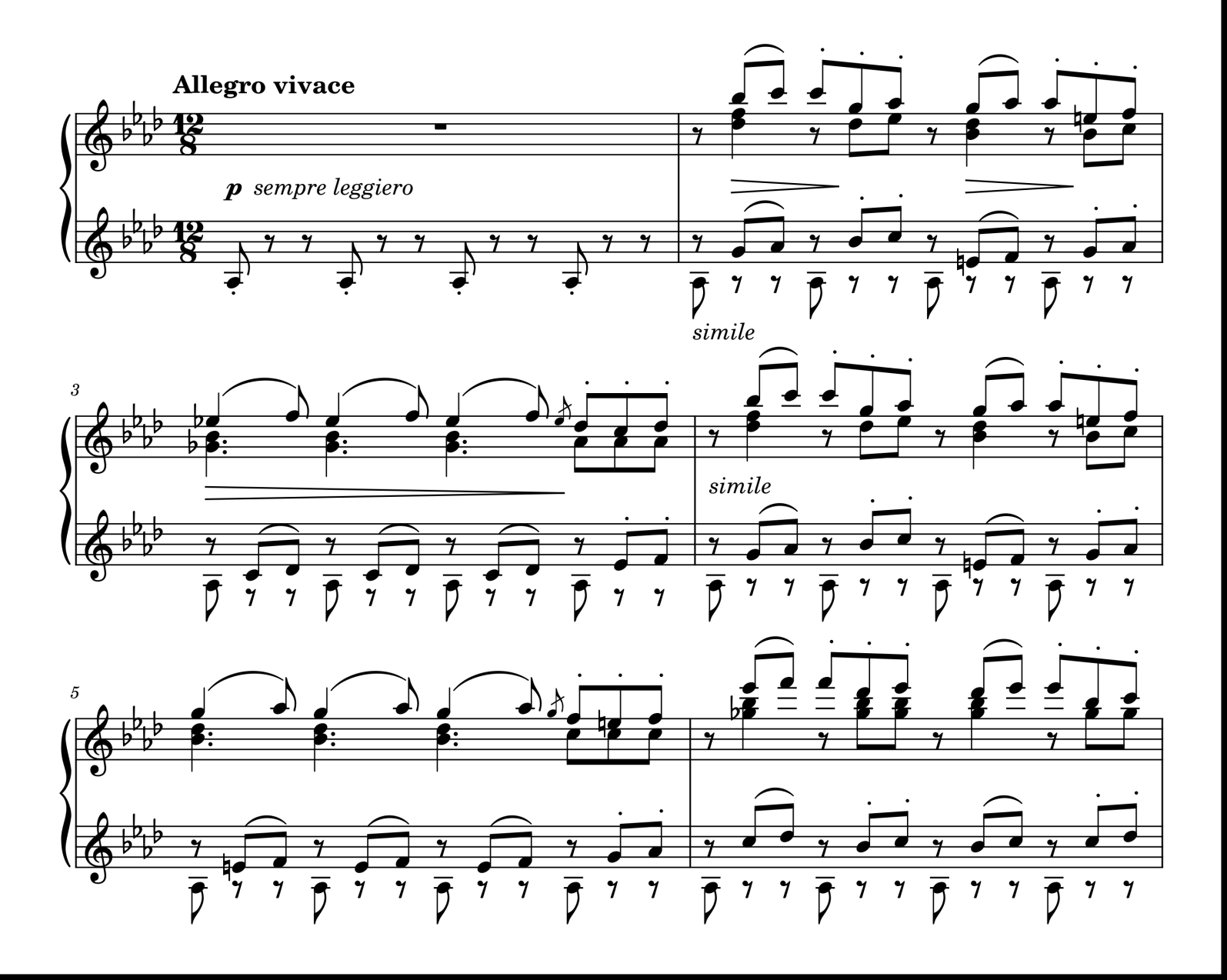|
Marcus Vaz
John "Marcus" Vaz (born 26 April 1956) is an Indian singer, playwright, theatre director, and actor who works on the Konkani stage. Early life John Vaz was born on 26 April 1956 in Bandra, Bombay (now Mumbai), which was a part of Bombay State (now Maharashtra) in India. His parents were Jose Lawrence Vaz, better known as Master Vaz, a Konkani singer and playwright from Aldonã, Goa, and Marianin Vaz from Utorda, (Goa then being part of Portuguese India during the Portuguese Empire). He grew up with eight siblings, consisting of three sisters and five brothers. Vaz's paternal grandparents, Benjamin and Maria Vaz, were popularly known as Mr. and Mrs. Vaz. Their stage names were derived from the characters they portrayed in a ''tiatr'' production. They were active in the ''tiatr'' tradition and performed in ''tiatrs'' as early as the 1930s in Bombay, British India. Career Around the age of 7-8 years, Vaz, along with his sister, would sometimes sing in ''tiatrs'' staged in Goa, ... [...More Info...] [...Related Items...] OR: [Wikipedia] [Google] [Baidu] |
Hanuman Natyagraha
Hanuman Natyagraha is a prominent theatre centre, which hosts plays primarily in the Konkani language, Konkani and Marathi language, Marathi languages, in the North Goa commercial town of Mapusa. References Buildings and structures in Mapusa {{India-theat-struct-stub ... [...More Info...] [...Related Items...] OR: [Wikipedia] [Google] [Baidu] |
Xavier Gomes
Jose Xavier Gomes (born 3 December 1949) is an Indian singer, theatre actor, playwright, theatre director, and former drummer who works on the Konkani stage. Career Gomes began his performing arts career at the young age of 8, appearing on the ''tiatr'' stage in a village drama production. At 13 years old, he made the transition to Bombay (now Mumbai), where he got the opportunity to participate in theatrical performances under the direction of the popular Konkani theater figure, C. Alvares. In 1974, Gomes ventured to Kuwait seeking improved prospects, where he sustained his engagement in the performance and production of ''tiatrs'' in the region. During this period, Gomes also wrote and directed three of his own original ''tiatr'' plays - ''Kazaracho Inam'', ''Sonvsarant Korin Vhoddlo?'', and ''Hanv Tuka Kedinch Bhogxichim Nam''. In addition to his work as a singer, Gomes was a drummer who performed with various musical groups.TAG's Lifetime Contribution to Tiatr Award: Prof ... [...More Info...] [...Related Items...] OR: [Wikipedia] [Google] [Baidu] |
Hematemesis
Hematemesis is the vomiting of blood. It is always an important sign. It can be confused with hemoptysis (coughing up blood) or epistaxis (nosebleed), which are more common. The source is generally the upper gastrointestinal tract, typically above the suspensory muscle of duodenum. It may be caused by ulcers, tumors of the stomach or esophagus, varices, prolonged and vigorous retching, gastroenteritis, ingested blood (from bleeding in the mouth, nose, or throat), or certain drugs. Hematemesis is treated as a medical emergency, with treatments based on the amount of blood loss. Investigations include endoscopy. Any blood loss may be corrected with intravenous fluids and blood transfusions. Patients may need to avoid taking anything by mouth. Definition Hematemesis is the vomiting of blood. This is usually vomit that contains bright red blood. Coffee ground vomiting is similar to hematemesis, but is distinct in not involving bright red blood. Hematemesis is always an import ... [...More Info...] [...Related Items...] OR: [Wikipedia] [Google] [Baidu] |
Alcohol Drinking
An alcoholic beverage (also called an alcoholic drink, adult beverage, or a drink) is a drink that contains ethanol, a type of alcohol that acts as a drug and is produced by fermentation of grains, fruits, or other sources of sugar. The consumption of alcoholic drinks, often referred to as "drinking", plays an important social role in many cultures. Most countries have laws regulating the production, sale, and consumption of alcoholic beverages. Regulations may require the labeling of the percentage alcohol content (as ABV or proof) and the use of a warning label. Some countries ban such activities entirely, but alcoholic drinks are legal in most parts of the world. The global alcoholic drink industry exceeded $1 trillion in 2018. Alcohol is a depressant, which in low doses causes euphoria, reduces anxiety, and increases sociability. In higher doses, it causes drunkenness, stupor, unconsciousness, or death. Long-term use can lead to an alcohol use disorder, an in ... [...More Info...] [...Related Items...] OR: [Wikipedia] [Google] [Baidu] |
Duo (music)
A duet is a musical composition for two performers in which the performers have equal importance to the piece, often a composition involving two singers or two pianists. It differs from a harmony, as the performers take turns performing a solo section rather than performing simultaneously. A piece performed by two pianists performing together on the same piano is a "piano duet" or "piano four hands". A piece for two pianists performing together on separate pianos is a "piano duo". The term ''duet'' is also used as a verb for the act of performing a musical duet, or colloquially as a noun to refer to the performers of a duet. A musical ensemble with more than two solo instruments or voices is called trio, quartet, quintet, sextet, septet, octet, etc. History When Mozart was young, he and his sister Marianne played a duet of his composition at a London concert in 1765. The four-hand, described as a duet, was in many of his compositions which included five sonatas; a set of var ... [...More Info...] [...Related Items...] OR: [Wikipedia] [Google] [Baidu] |
Panjim
Panaji (; also known as Panjim) is the capital of the Indian state of Goa and the headquarters of North Goa district. Previously, it was the territorial capital of the former Portuguese India. It lies on the banks of the Mandovi river estuary in the Tiswadi sub-district ''(tehsil)''. With a population of 114,759 in the metropolitan area, Panaji is Goa's largest urban agglomeration, ahead of Margao and Mormugao. Panaji has terraced hills, concrete buildings with balconies and red-tiled roofs, churches, and a riverside promenade. There are avenues lined with gulmohar, acacia and other trees. The baroque Our Lady of the Immaculate Conception Church is located overlooking the main square known as Praça da Igreja. Panaji has been selected as one of hundred Indian cities to be developed as a smart city under the Smart Cities Mission. The city was built with stepped streets and a seven kilometre long promenade on a planned grid system after the Portuguese relocated the capital from ... [...More Info...] [...Related Items...] OR: [Wikipedia] [Google] [Baidu] |
Quartet
In music, a quartet or quartette (, , , , ) is an ensemble of four singers or instrumental performers; or a musical composition for four voices and instruments. Classical String quartet In classical music, one of the most common combinations of four instruments in chamber music is the string quartet. String quartets most often consist of two violins, a viola, and a cello. The particular choice and number of instruments derives from the registers of the human voice: soprano, alto, tenor and bass (SATB). In the string quartet, two violins play the soprano and alto vocal registers, the viola plays the tenor register and the cello plays the bass register. Composers of notable string quartets include Joseph Haydn ( 68 compositions), Wolfgang Amadeus Mozart (23), Ludwig van Beethoven (16), Franz Schubert (15), Felix Mendelssohn (6), Johannes Brahms (3), Antonín Dvořák (14), Alexander Borodin (2), Béla Bartók (6), Elizabeth Maconchy (13), Darius Milhaud (18), Heitor Villa-Lob ... [...More Info...] [...Related Items...] OR: [Wikipedia] [Google] [Baidu] |
Lawry Travasso
Lourenco Sopriano Cardo "Lawry" Travasso (born 16 September 1971) is an Indian singer, playwright, theatre director, theatrical producer, and actor known for his work in Konkani films and ''tiatr'' productions. Early life His father was a professional driver who also participated in local streetside plays ('' khells'') and had a talent for singing and composing songs. Travasso's mother was also musically inclined, and her brother played the trumpet. Growing up, Travasso was exposed to his father's performances on stage, which inspired him to learn and sing his songs at home. Career At the age of 12, Travasso embarked on his musical journey when his father, João, composed a duet for them to perform in a ''tiatr'' production known as ''Sangath''. This event, organized by the local boys in their village, showcased Travasso's emerging talent as a singer. Encouraged by his success, his father enrolled him in the Margao music school to receive formal training in keyboard playing. Dem ... [...More Info...] [...Related Items...] OR: [Wikipedia] [Google] [Baidu] |
Konkani People
The Konkan people ( Konkani) Konkanis : are an Indo-Aryan ethnolinguistic group native to the Konkan region of the Indian subcontinent who speak various dialects of the Konkani language. Konkani is the state language of Goa and also spoken by populations in coastal Karnataka, coastal Maharashtra, and Kerala. Other Konkani speakers are found in Gujarat state. A large percentage of Konkani people are bilingual. Etymology The word ''Konkan'' and, in turn ''Konkani'', is derived from ' or . Different authorities explain etymology of this word differently. Some include: *''Koṇ'' meaning top of the mountain. *Name of aboriginal mother goddess, which is sometimes sanskritised to mean goddess Renuka. Thus the name ''Konkane'', comes from the word ', which means ''the people of Konkan''. Sub-ethnic groups Endonyms In general, in Konkani the masculine form used to address a Konkani speaker is ' and the feminine form is . The plural form is ''Konkane'' or ''Konkani''. In Goa '' ... [...More Info...] [...Related Items...] OR: [Wikipedia] [Google] [Baidu] |
Musical Compositions
Musical composition can refer to an original piece or work of music, either vocal or instrumental, the structure of a musical piece or to the process of creating or writing a new piece of music. People who create new compositions are called composers. Composers of primarily songs are usually called songwriters; with songs, the person who writes lyrics for a song is the lyricist. In many cultures, including Western classical music, the act of composing typically includes the creation of music notation, such as a sheet music "score," which is then performed by the composer or by other musicians. In popular music and traditional music, songwriting may involve the creation of a basic outline of the song, called the lead sheet, which sets out the melody, lyrics and chord progression. In classical music, orchestration (choosing the instruments of a large music ensemble such as an orchestra which will play the different parts of music, such as the melody, accompaniment, counterme ... [...More Info...] [...Related Items...] OR: [Wikipedia] [Google] [Baidu] |
Chorus (song)
A refrain (from Vulgar Latin ''refringere'', "to repeat", and later from Old French ''refraindre'') is the line or lines that are repeated in music or in poetry — the "chorus" of a song. Poetic fixed forms that feature refrains include the villanelle, the virelay, and the sestina. In popular music, the refrain or chorus may contrast with the verse melodically, rhythmically, and harmonically; it may assume a higher level of dynamics and activity, often with added instrumentation. Chorus form, or strophic form, is a sectional and/or additive way of structuring a piece of music based on the repetition of one formal section or block played repeatedly. Usage in history In music, a refrain has two parts: the lyrics of the song, and the melody. Sometimes refrains vary their words slightly when repeated; recognizability is given to the refrain by the fact that it is always sung to the same tune, and the rhymes, if present, are preserved despite the variations of the word ... [...More Info...] [...Related Items...] OR: [Wikipedia] [Google] [Baidu] |
Tune (folk Music)
Folk music is a music genre that includes traditional folk music and the contemporary genre that evolved from the former during the 20th-century folk revival. Some types of folk music may be called world music. Traditional folk music has been defined in several ways: as music transmitted orally, music with unknown composers, music that is played on traditional instruments, music about cultural or national identity, music that changes between generations (folk process), music associated with a people's folklore, or music performed by custom over a long period of time. It has been contrasted with commercial and classical styles. The term originated in the 19th century, but folk music extends beyond that. Starting in the mid-20th century, a new form of popular folk music evolved from traditional folk music. This process and period is called the (second) folk revival and reached a zenith in the 1960s. This form of music is sometimes called contemporary folk music or folk reviva ... [...More Info...] [...Related Items...] OR: [Wikipedia] [Google] [Baidu] |







